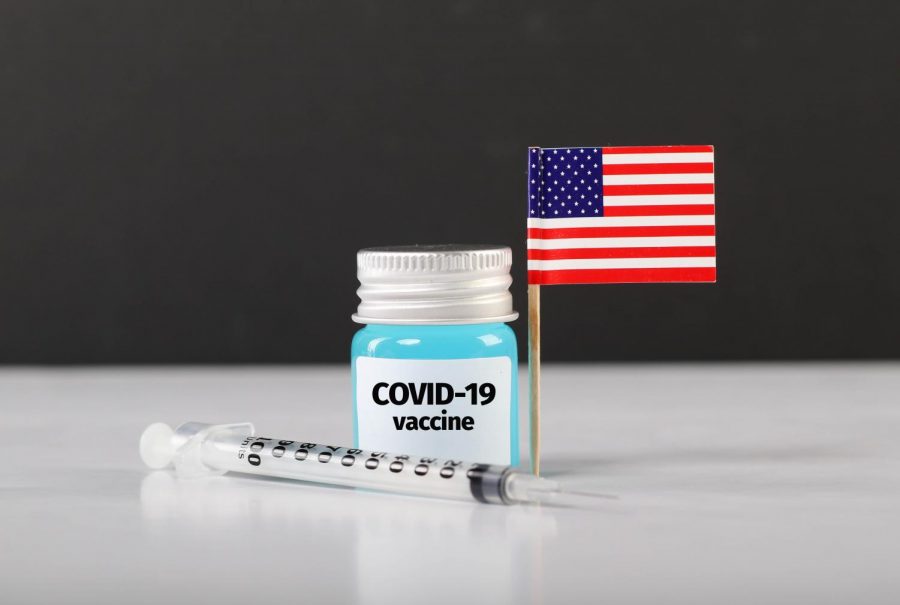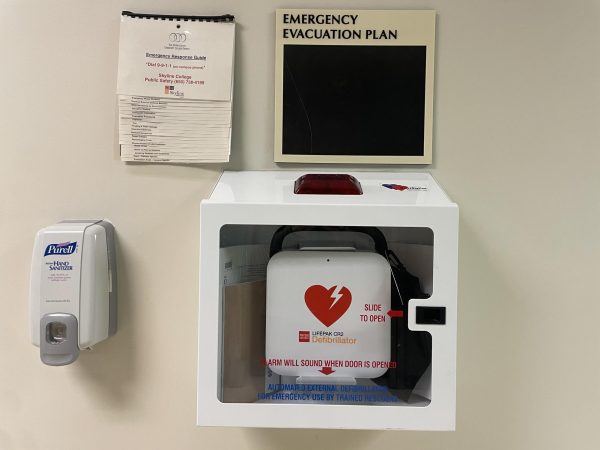The Issue on Mass Distribution of COVID-19 Vaccines
“We understand that everyone wants to know, ‘When will it be my turn to get the COVID-19 vaccine?’” said Srija Srinivasan, the deputy chief of San Mateo County, in a video on the topic of the vaccine’s rollout in the county.
There is still much uncertainty surrounding the question, since no one knows for sure what the answer will be.
In efforts to prevent the virus from spreading, recover from the difficulties the pandemic had brought upon every individual affected alike, and return back to normal routines in society, the county and health departments are following guidelines laid out by the US government to ensure the vaccines are being distributed and administered equitably. Careful planning of factors in the vaccination program, which includes the order in which various demographics will be receiving the vaccine, the individuals who are authorized to administer the vaccine, the venues and sites at which the program will be held, the management of vaccine allocation and ordering, the storage of vaccine, and the documentation of vaccinated patients are crucial in meeting those goals.
It is fortunate enough that people are granted access to currently available vaccines as soon as possible, due to the US Food and Drug Administration (FDA) issuing Emergency Use Authorizations (EUA) for them, and will continue to authorize more vaccines as time goes on.
However, in most situations, expectations are bound to be unmet, and confusions dare to rise in the middle of it. The hope of reaching those goals seems to be far away, and no one should not expect immediate results.
Dr. Scott Morrow, San Mateo County’s health officer, released a statement on January 19, 2021, making it clear that there is “more demand than supply” of the vaccines. He also mentioned that most populations should be adequately vaccinated by July. According to an updated report on the San Mateo County Health website, as of January 23, 2021, the program is entering Phase 1B, which is divided into two tiers.
I’m not sure if the program will be able to reach the final phase by the month of July. Even so, I think everyone should continue to cooperate with the plan, just in case the operations will succeed later than that speculated time frame. Due to the nature of the virus, it makes sense that individuals who are at highest risk of being exposed from healthcare facilities and different work sectors must be prioritized.
It may sound tempting to go along with the strategy, “free for all”, because that would mean the vaccine could be given to anyone without limitation in regards to status or role and the process would speed up. However, Dr. Morrow hinted it would be an ineffective approach because the main losers of the strategy are those “who are at either higher personal risk or have higher exposure risk.” If you think about it, there would be unwanted competition over the vaccine — if you recall the battles last year about groups hoarding toilet tissue rolls, face masks, disinfecting items, and other necessities. All must keep in mind that vaccines are limited and part of the effort lies in waiting for more vaccines to be delivered from the main source. In the meantime, those who haven’t received the vaccine yet must consistently commit to their part in not contracting the virus to anyone. Until it is safe to travel freely, get together in social gatherings, and dine-in at restaurants again, everyone should continue to wear their face mask, observe social distancing, frequently wash their hands, and only go outside when it is necessary. It is also advisable to be aware of which phase you belong to in order to avoid “cutting the line” to get vaccinated and for operations of the program to proceed in an orderly fashion.












